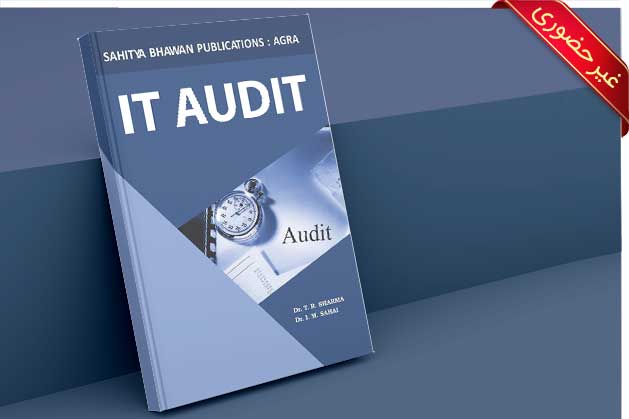شرکت دوره
به منظور ارسال درخواست ثبتنام، لطفا فرم زیر را با دقت تکمیل نمایید.
همکاران ما در اسرع وقت با شما تماس خواهند گرفت.


امروزه فناوری اطلاعات یکی از توانمندسازهای کلیدی برای سازمان ها به شمار می آید و ارائه اکثر خدمات و اغلب محصولات بدون استفاده از این فناوری قابل تصور نیست. این فناوری گرچه فرصت های بیشماری برای صنایع به همراه دارد، لیکن تهدیدها و آسیب پذیری هایی را نیز ممکن است متوجه آنان نموده است. مدیریت موثر این تهدیدها مستلزم طراحی و اجرای موثر فرآیند مدیریت ریسک فناوری اطلاعات است. از سوی دیگر باید اطمینان حاصل شود که سرمایه گذاری های صورت گرفته در حوزه فناوری اطلاعات به نحو موثر برای سازمان ها اثربخشی به همراه داشته است. براین اساس حسابرسی فناوری اطلاعات یکی از ابعاد کلیدی حسابرسی داخلی است که اثربخشی فرآیندهای مدیریت ریسک فناوری اطلاعات را بررسی نموده، کارایی و اثربخشی و میزان تطابق فناوری اطلاعات با قوانین و مقررات را تضمین خواهد نمود.
امروزه فناوری اطلاعات یکی از توانمندسازهای کلیدی برای سازمان ها به شمار می آید و ارائه اکثر خدمات و اغلب محصولات بدون استفاده از این فناوری قابل تصور نیست. این فناوری گرچه فرصت های بیشماری برای صنایع به همراه دارد، لیکن تهدیدها و آسیب پذیری هایی را نیز ممکن است متوجه آنان نموده است. مدیریت موثر این تهدیدها مستلزم طراحی و اجرای موثر فرآیند مدیریت ریسک فناوری اطلاعات است. از سوی دیگر باید اطمینان حاصل شود که سرمایه گذاری های صورت گرفته در حوزه فناوری اطلاعات به نحو موثر برای سازمان ها اثربخشی به همراه داشته است. براین اساس حسابرسی فناوری اطلاعات یکی از ابعاد کلیدی حسابرسی داخلی است که اثربخشی فرآیندهای مدیریت ریسک فناوری اطلاعات را بررسی نموده، کارایی و اثربخشی و میزان تطابق فناوری اطلاعات با قوانین و مقررات را تضمین خواهد نمود.
آشنایی اولیه با مفاهیم ممیزی مبتنی بر استاندارد ISO 19011 و همچنین حاکمیت شرکتی و فناوری اطلاعات مبتنی بر چارچوب های COBIT & COSO نیاز می باشد.
این دوره برای تمامی افراد ذیل جذاب می باشد. این افراد شامل موارد ذیل هستند:
Module 1: Introduction to ITAF
Module 2: General Standards
Module 3:Performance Standards
Module 4: Reporting Standards (1400 Series)
Module 5: ITAF Guidelines
Module 6: Examining ISACA Tools and Techniques
به شرکت کنندگان در این دوره ی آموزشی گواهی حضور از سوی شرکت IT HOUSE اعطا خواهد شد.
تماس بگیرید
ندارد.
زمان باقیمانده جهت ثبتنام
آموزش، مشاوره و ارزیابی استانداردها، چارچوبها
و بهروشهای حوزه مدیریت فناوری اطلاعات
به منظور ارسال درخواست ثبتنام، لطفا فرم زیر را با دقت تکمیل نمایید.
همکاران ما در اسرع وقت با شما تماس خواهند گرفت.
